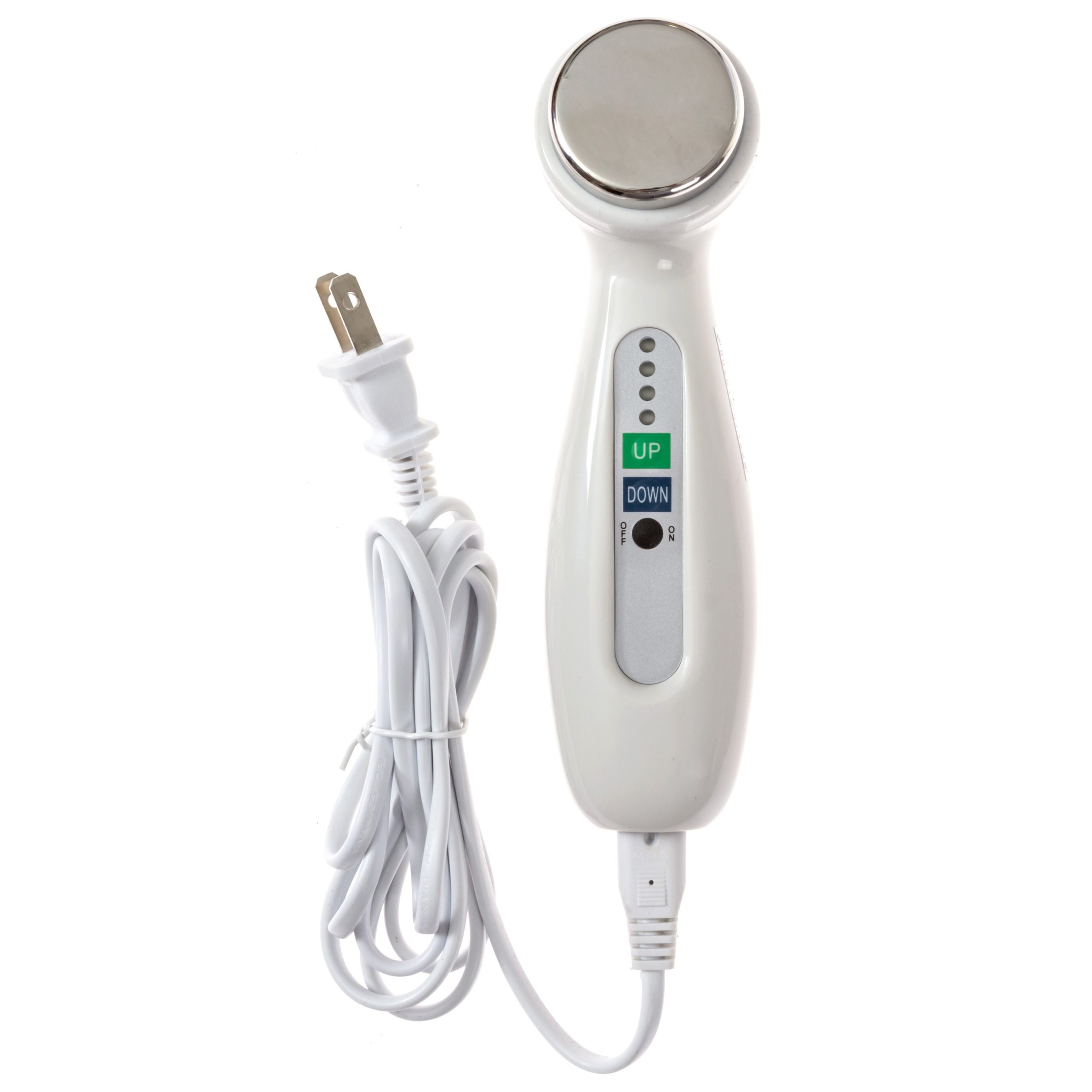What Causes De Quervain’s Tenosynovitis and Its Treatments:
De Quervain’s Tenosynovitis is a common medical condition where the tendon sheath between the thumb and wrist gets compressed or irritated. It results in severe thumb pain and stiffness of the hand. This medical condition was first described in 1895 by a Swiss surgeon named De Quervain. Moreover, De Quervain Tenosynovitis mostly affects the adult and middle-aged population as their muscles and tissues start getting weak.
Symptoms of De Quervain’s Tenosynovitis:
· Tingling and popping sensation in the wrist during hand movements.
· Pain and swelling near the base or between the thumb and wrist.
· Difficulty in hand movements during grasping and pinching.
· Pain in the thumb side of the wrist which can also travel to the forearm.
· Difficulty in catching or throwing any ball or object.
Causes of De Quervain’s Tenosynovitis:
Many people often search for What causes de quervain’s treatment? as there is no certain data available on this. Despite this, the following are some of the common causes-
Continuous typing or hand movements involved tasks: This is the major cause of De Quervain’s Tenosynovitis in the young population. Continuous writing or typing tasks in workplaces can result in the inflammation of the tendon sheath in the thumbs or fingers.
Pregnancy and Breastfeeding: According to many reports, women above the age of 25 are mostly affected by De Quervain’s Tenosynovitis. During pregnancy or post-pregnancy, women undergo hormonal changes and fluid retention which results in the swallowing of the tendon sheath.
Direct or Physical Injury: During sports or any accidents, direct injury to the thumb and wrist can also cause de Quervain’s Tenosynovitis. However, Injury can result in inflammation of scar tissues in the tendon sheath redistricting all hand movements.
Inflammatory Arthritis: Rheumatoid arthritis is a serious inflammatory disease where the immune system attacks body tissues resulting in the swallowing of many joints. However, this cause is very rare for De Quervain’s Tenosynovitis.
Treatments for De Quervain’s Tenosynovitis:
There are many surgical and non-surgical treatments available in the market which can cure De Quervain Tenosynovitis.
Surgical Treatments: Surgery for the treatment of de Quervain can only be practiced in any serious situation or injury. The most common surgical treatment for De Quervain is called Release. In this treatment, the surgeon opens the tendon sheath which got compressed in order to release the pressure. It results in open space for the tendon sheath for hand movements.
Intake of NSAIDs: Intake of NSAIDs (Non-steroidal anti-inflammatory drugs) such as ibuprofen and naproxen can provide effective results to relieve pain.
Needle Injection: Needle Injection of corticosteroid medications into the tendon sheath helps to reduce swelling. The involvement of a doctor is necessary for this treatment.
Heat and Ice Therapy: Heat and ice therapy is the most basic, yet effective home treatment for De Quervain. Moreover, it helps in the pain management of an affected area of inflammation.
Cross-Friction Massage: Inflammation of tendon sheath restricts hand movements due to less space of friction. To counter this problem, Cross-Friction Massage which involves rubbing back and forth over the affected area is the best option.
De Quervain’s Wand: Using De Quervain’s Wand is the best non-surgical treatment for De Quervain’s Tenosynovitis. It emits far-infrared and ultrasonic waves into the skin to reduce inflammation of the tendon sheath. Massaging for 15 minutes daily provides effective results.

Conclusion: De Quervain’s Tenosynovitis is a common problem in many people. According to reports, 3.6% young population, 9.4% middle-aged population, and 5.4% older population have severe De Quervain’s Tenosynovitis. However, this problem just needs proper treatment and rest.
- Industry
- Art
- Causes
- Crafts
- Dance
- Drinks
- Film
- Fitness
- Food
- Games
- Gardening
- Health
- Home
- Literature
- Music
- Networking
- Other
- Party
- Religion
- Shopping
- Sports
- Theater
- Wellness
- News


